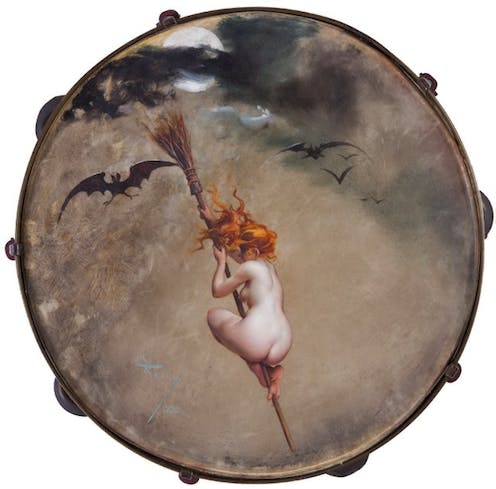Witchcraft and fascism collide in Jane Rawson's imaginative new novel
- Written by Brigid Magner, Senior Lecturer in Literary Studies, RMIT University

In an age of polarisation, it’s instructive to return to the late 1930s, in the lead up to World War II, when the far left and far right were energised and prominent. In Australia, we tend to think that Nazi sympathisers didn’t exist, or were never significant, but in fact there were documented events in Adelaide and Katoomba that revealed fervent support for Hitler’s rise to power.
Review: A History of Dreams - Jane Rawson (Brio Books)





